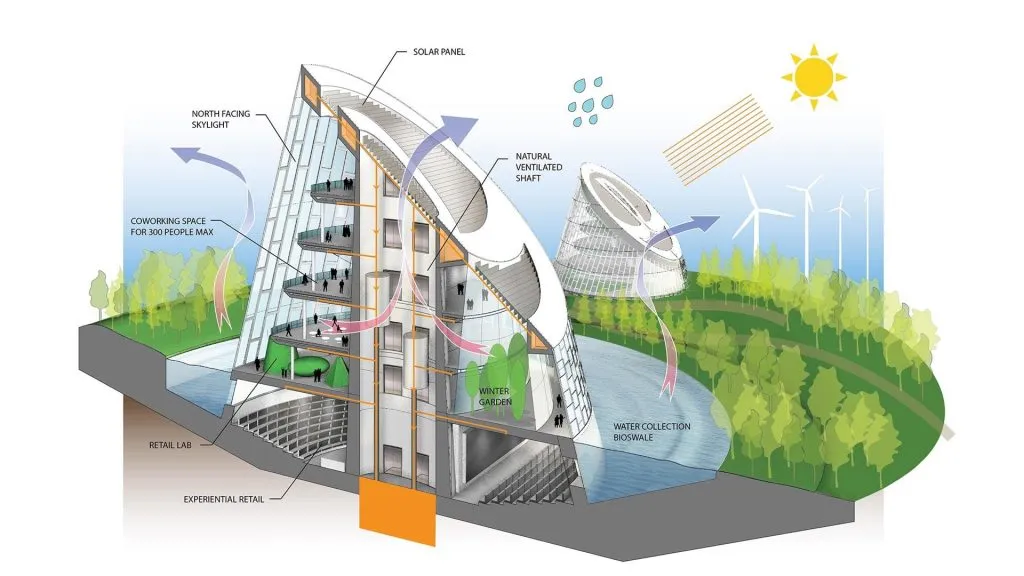In a world grappling with climate change and resource scarcity, the construction industry finds itself at a crossroads. A recent study published in *Innovation and Green Development* (translated as *Innovation and Green Development*) sheds light on the growing momentum behind circular buildings, offering a beacon of hope for a more sustainable future. Led by Shaher Zyoud from the Department of Building Engineering & Environment at Palestine Technical University (Kadoorie), the research provides a comprehensive analysis of global research trends and priorities in this emerging field.
The construction sector, a cornerstone of economic development, has long been criticized for its substantial contributions to resource depletion, greenhouse gas emissions, and waste generation. However, the principles of circular buildings—designing structures that minimize waste, maximize resource efficiency, and prioritize reuse and recycling—are gaining traction as a potential game-changer.
Zyoud’s study, which analyzed 217 publications from the Scopus database, reveals a steep rise in research activity, driven by increasing awareness of climate change, the need for effective resource use, and the economic benefits of circular practices. “The data shows a clear shift in focus towards circular buildings,” Zyoud explains. “This is not just an environmental imperative; it’s also an economic opportunity.”
Western Europe emerges as a leader in this field, contributing to 88.9% of the publications. The research highlights prevailing themes such as lifecycle assessments, design-for-disassembly, the integration of recycled and biobased materials, and the use of digital resources. These trends underscore the industry’s growing recognition of the need for innovative solutions that align with circular economy principles.
Looking ahead, the study identifies several key areas for future research. Increased cross-disciplinary collaboration, greater geographic scope, and the development of policy and educational frameworks are crucial for advancing the adoption of circular buildings. Technologies like digital twins and artificial intelligence are also highlighted as essential tools for optimizing resource use and improving material reuse.
The commercial implications for the energy sector are significant. As buildings become more circular, the demand for renewable energy systems and climate-resilient design is expected to grow. “The integration of circular building principles with renewable energy systems presents a huge opportunity,” Zyoud notes. “This synergy can drive innovation and create new business models that are both sustainable and profitable.”
The study also points to unexplored areas, such as the blending of circular building principles with renewable energy systems and climate-resilient design, which warrant further research. As the industry continues to evolve, the insights from this study will be invaluable in shaping future developments and driving the transition towards a more sustainable built environment.
In conclusion, Zyoud’s research offers a compelling vision of a future where circular buildings are the norm, not the exception. By embracing these principles, the construction industry can play a pivotal role in addressing some of the most pressing challenges of our time. As the world moves towards a more sustainable future, the insights from this study will be instrumental in guiding the way forward.

